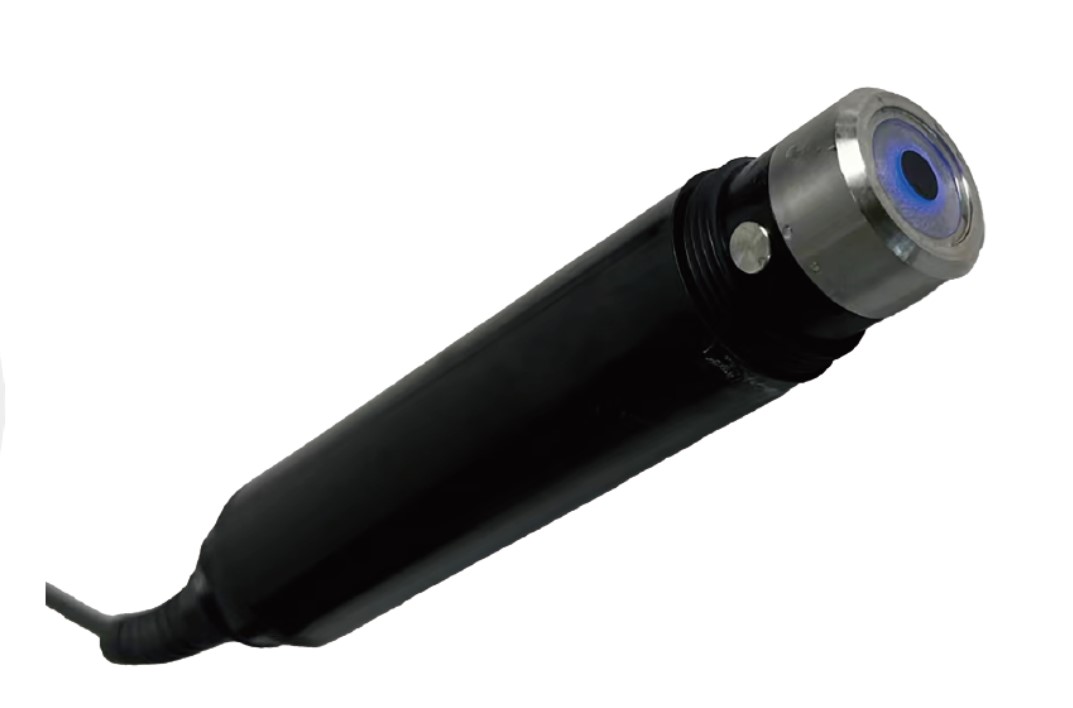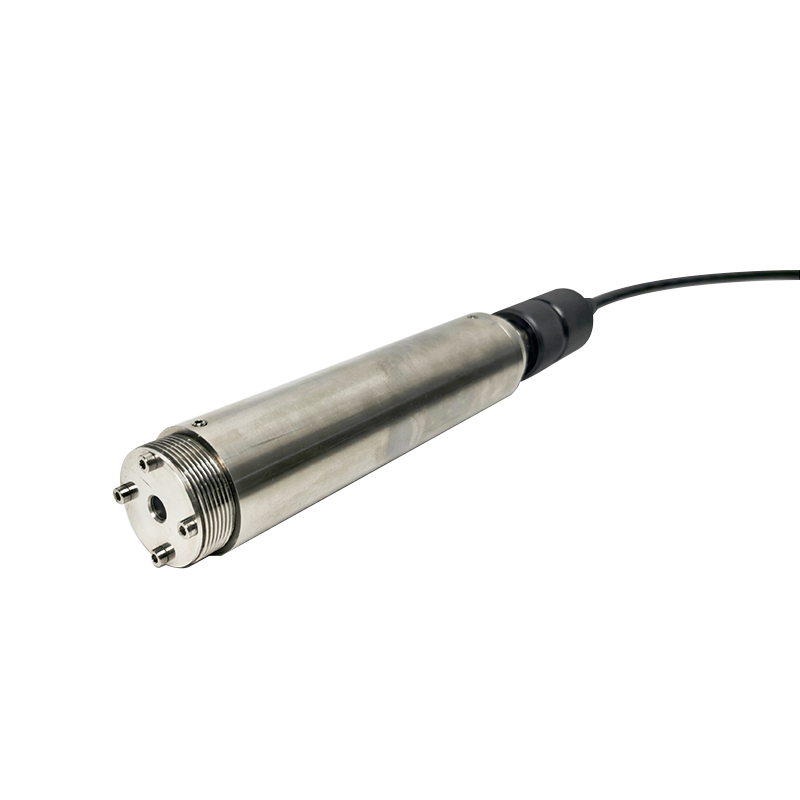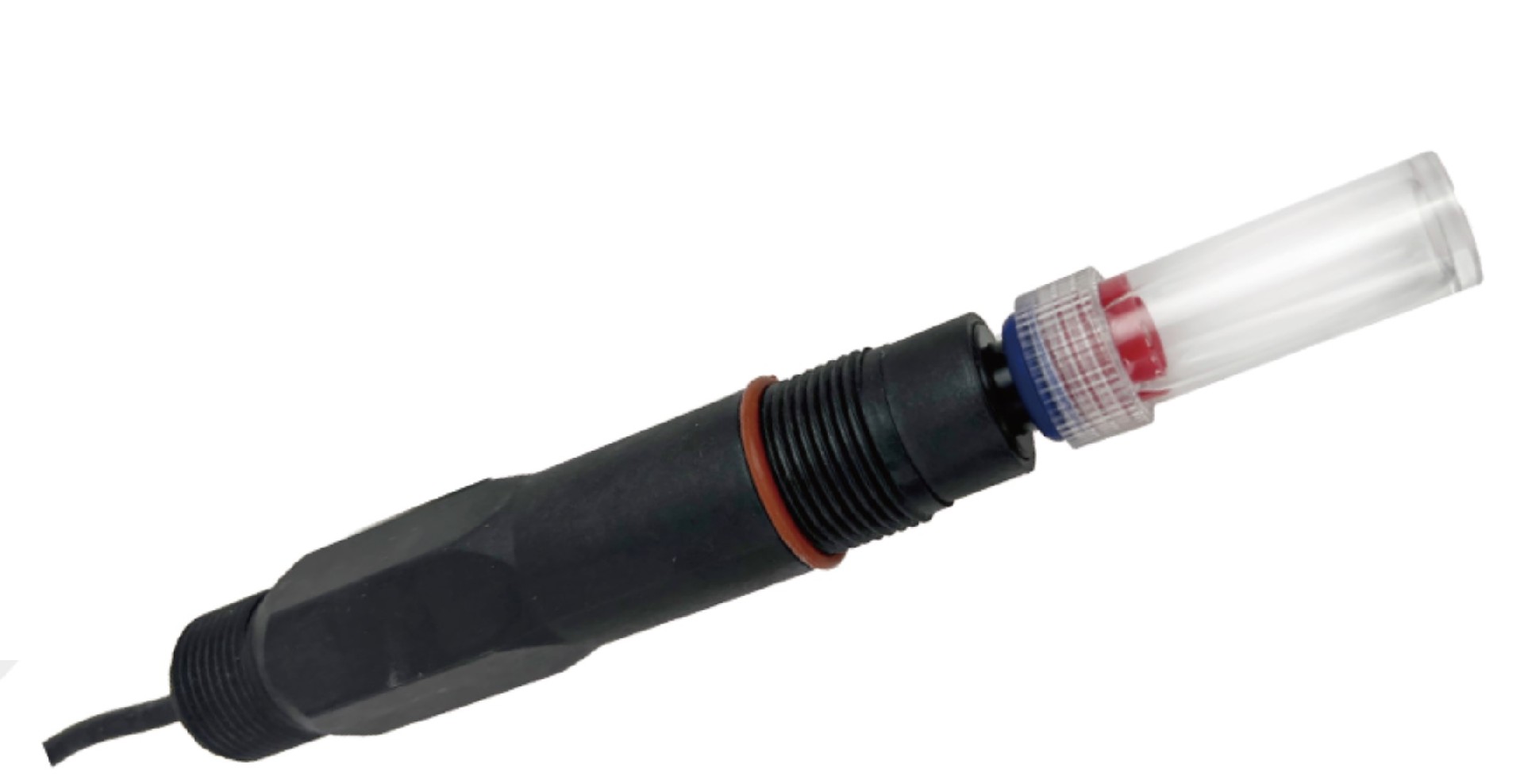In daily life, water from different locations and types has different pH values, namely acidity and alkalinity. So, what are the characteristics and functions of water with different pH values?
When the pH value is less than 5, it belongs to strong acid, which can kill bacteria and viruses. But the lower the pH value, the greater the harm to the human body and the stronger the corrosion.
When the pH value is between 5 and 6, this weakly acidic water is suitable for bathing because the surface of the human skin is weakly acidic. Therefore, using this water is to protect the weakly acidic environment of the skin and achieve the effect of skincare and maintenance. So when washing your face, putting less vinegar in water can have a skincare effect.
A pH value of 7 is considered neutral water, which can be consumed, used for bathing, and more.
When the pH value reaches 8 to 9, it is the most suitable water for drinking. The human body maintains alkalinity, and acidic constitution is prone to pathological changes. Drinking more alkaline water is of great benefit to human health.
When the pH value reaches 10 to 11, the alkaline water has a certain cleaning ability, which can remove oil stains, but the cleaning ability is not high.
When the pH value reaches 12 or above, it belongs to strong alkaline water. At this time, alkaline water can sterilize, disinfect, clean, and remove dirt. It is a safe, green, and environmentally friendly cleaning product. But at a pH value of 12.5, the alkaline water reaches the optimal combination of safety and performance. At this time, the alkaline water is not irritating to human skin and eyes, and is harmless to the entrance. However, its functions such as sterilization, disinfection, and decontamination can still achieve good results. If the alkalinity continues to increase, some products have increased to 13.1, and the alkaline water at this time has strong irritation, which is moderate to human skin and mild to human eyes, but still harmless to the entrance.
Monitoring of pH value in water
The pH value is obtained by measuring the electromotive force of the battery. This battery usually consists of a saturated calomel electrode as the reference electrode and a glass electrode as the indicator electrode. At 25 ℃, for every change in pH unit in the solution, the potential difference changes by 59.16mV. Based on this, the pH reading is directly expressed on the acidity meter.










